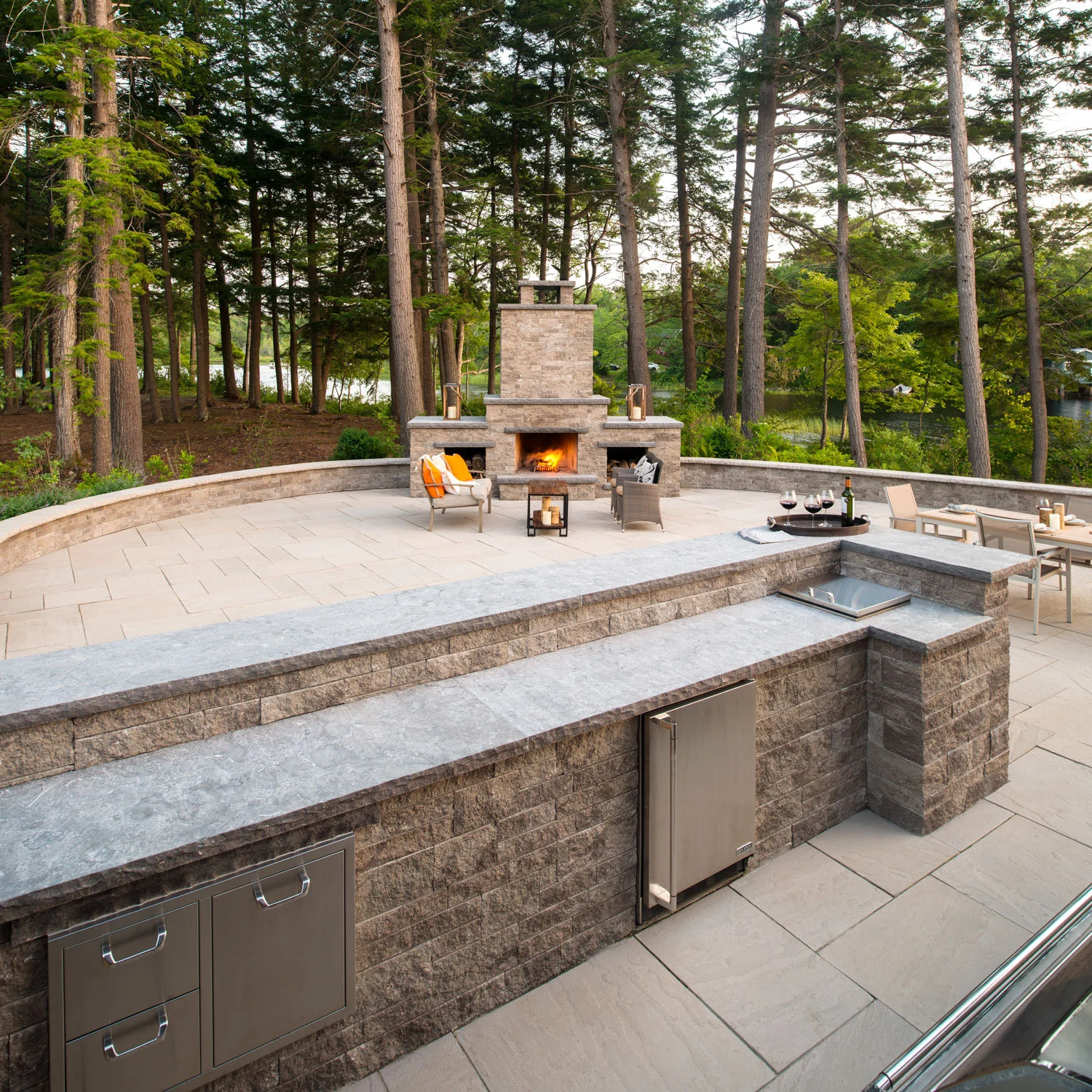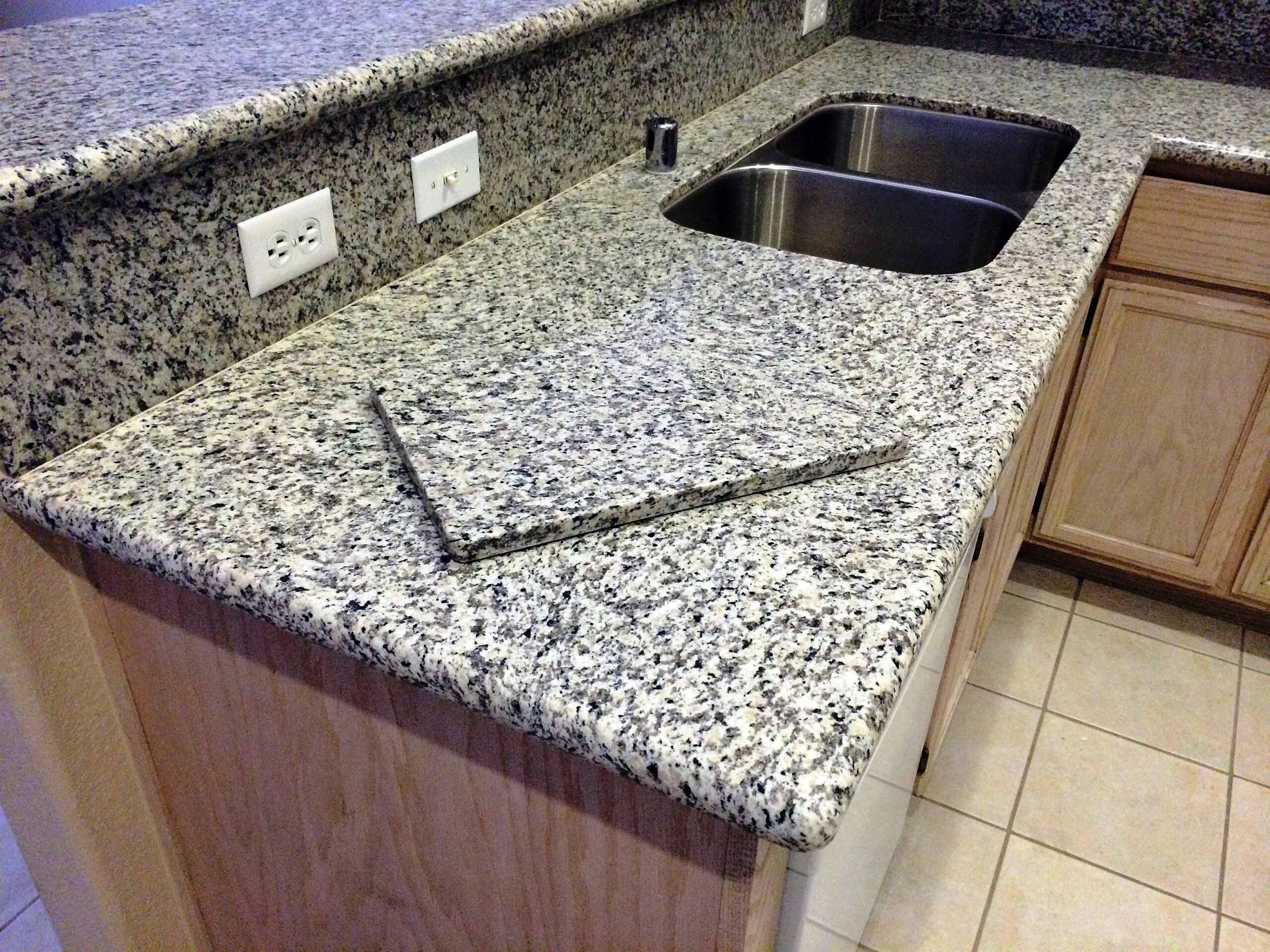Outdoor concrete countertops offer a durable, stylish, and customizable option for enhancing your outdoor living space. Whether for an outdoor kitchen, bar, or patio table, concrete countertops can withstand the elements while providing a sleek, modern look. In this article, you’ll discover not only the practical benefits of concrete as a countertop material but also how to create your very own with a touch of personal flair.
In this article, you will learn:
- The advantages of choosing concrete for outdoor countertops.
- A detailed guide to making your own outdoor concrete countertops.
- Tips for maintaining and protecting your countertops year-round.
Let’s embark on the journey of crafting durable, beautiful concrete countertops that elevate your outdoor space.
Why Choose Concrete for Outdoor Countertops?
Concrete countertops are renowned for their durability, weather resistance, and versatility. They can be shaped, textured, and colored in endless ways, allowing for complete customization to match your outdoor decor. Unlike other materials, concrete’s robustness makes it ideal for outdoor conditions, enduring sun, rain, and temperature changes with minimal wear.
Materials and Tools Needed
To start your project, you’ll need:
- Quick-setting concrete mix
- Plywood and melamine for molds
- Rebar or mesh reinforcement
- Screws and silicone caulk
- Polishing pads and sealant
- A mixer, trowel, and safety equipment
Creating Your Mold
- Design your countertop: Measure and plan the size and shape of your countertop, including any features like a sink or barbecue pit.
- Build the mold: Construct a mold using melamine-coated plywood, ensuring it’s securely fastened and leak-proof. Apply silicone caulk to the inside corners to create smooth edges.
Mixing and Pouring the Concrete
- Prepare your concrete mix: Follow the instructions on your concrete mix, adjusting for the size and thickness of your countertop.
- Add reinforcement: Place rebar or mesh within the mold to strengthen your countertop.
- Pour the concrete: Fill the mold with concrete, using a trowel to spread it evenly. Tap the sides to remove air bubbles.
Finishing Touches
- Cure the concrete: Allow the concrete to cure as per the mix instructions, usually for at least 48 hours.
- Remove the mold: Carefully dismantle the mold and sand any rough edges.
- Polish and seal: Polish the surface with polishing pads and apply a concrete sealant to protect against stains and weather damage.
Maintenance and Care
Maintaining your outdoor concrete countertop is straightforward. Regular cleaning with non-abrasive cleaners and reapplying sealant annually will keep your countertops looking new. Avoid placing hot items directly on the surface to prevent thermal shock and potential cracking.
Conclusion
Creating outdoor concrete countertops is a rewarding DIY project that adds functionality and style to your outdoor space. With their robustness and versatility, concrete countertops offer a perfect blend of aesthetics and durability, ideal for any outdoor setting. As you embark on your next outdoor project, consider integrating custom concrete countertops to create a space that’s both beautiful and enduring.

